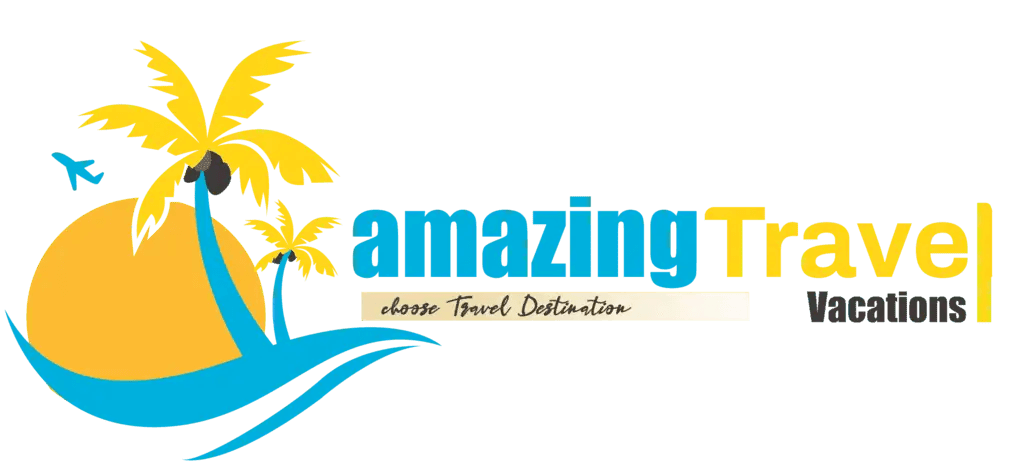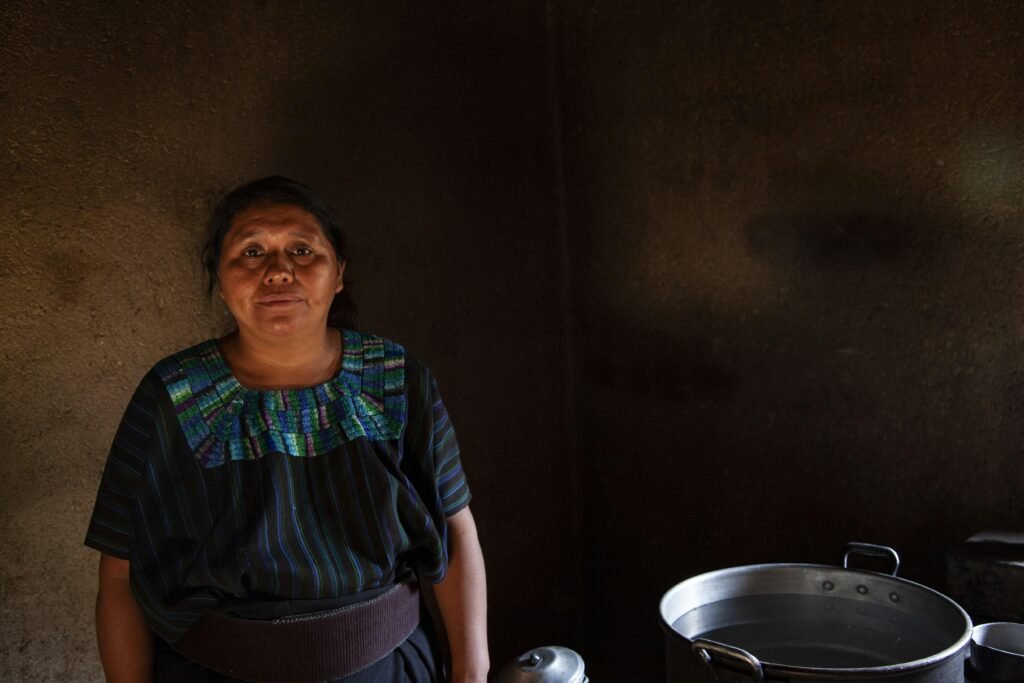Across the world, Indigenous communities carry with them rich traditions that offer deep insights into history, culture, and ways of life closely connected to nature and community. Exploring these traditions allows us to appreciate the diversity and resilience of Indigenous peoples, whose customs have been preserved and passed down through generations despite countless challenges. In this article, we’ll take a thoughtful look at some of the unique cultural practices, stories, and values that continue to shape Indigenous identities today. Whether you’re familiar with Indigenous heritage or just beginning to learn, there’s always something meaningful to discover in these enduring traditions.
Table of Contents
- Understanding Cultural Practices and Ceremonies in Indigenous Communities
- Preserving Indigenous Languages and Oral Histories
- The Role of Traditional Ecological Knowledge in Sustainable Living
- Supporting Indigenous Artisans and Craftsmanship through Ethical Tourism
- In Summary
Understanding Cultural Practices and Ceremonies in Indigenous Communities
Indigenous ceremonies and cultural practices are deeply woven into the fabric of community life, reflecting a profound connection to ancestry, land, and spirituality. These traditions often incorporate storytelling, music, dance, and ritual, serving not only as a means of preserving history but also as a way to impart values and wisdom to younger generations. From seasonal celebrations to rites of passage, each event is rich with symbolism and communal significance, fostering a sense of identity and belonging.
Key elements common across many Indigenous ceremonies include:
- Ritual objects: Sacred items such as feathers, drums, and masks that hold spiritual importance.
- Oral traditions: Stories and songs passed down that encapsulate the community’s knowledge and heritage.
- Collective participation: Engagement of the entire community, reinforcing social bonds and mutual respect.
Understanding these ceremonies requires acknowledging the diversity and specificity of each community’s practices. What might seem familiar in one Indigenous group may differ significantly in another, emphasizing the need for respectful curiosity and open-mindedness when exploring these rich cultural landscapes.
Preserving Indigenous Languages and Oral Histories
Across generations, indigenous tongues carry more than words—they encapsulate entire worldviews, histories, and identities. As modern influences accelerate language loss, communities and scholars alike are championing revitalization efforts. Recording elders’ stories, developing bilingual education programs, and creating digital archives are vital instruments in this cultural preservation. Each language is a unique lens on human experience that enriches our global heritage, underscoring the urgency to nurture and protect these living traditions.
Oral histories encompass more than narratives; they are the heartbeat of a community’s collective memory. Through rituals, songs, and storytelling, indigenous peoples preserve knowledge about nature, social values, and ancestral wisdom. Initiatives such as:
- Community-led storytelling workshops
- Interactive multimedia projects
- Collaborations with younger generations
have shown remarkable potential in ensuring these invaluable voices continue to inspire and inform future generations, cutting through the silence imposed by cultural disruption and historical neglect.
The Role of Traditional Ecological Knowledge in Sustainable Living
Across countless generations, indigenous communities have cultivated an intimate and holistic understanding of their environments, nurturing a deep symbiotic relationship with nature. This traditional ecological knowledge is not just a repository of practical information about flora, fauna, and climate patterns, but also a guiding philosophy that emphasizes balance, reciprocity, and respect for the earth. Such wisdom offers invaluable insights that modern sustainability efforts often overlook, including adaptive land management techniques that maintain biodiversity and enhance resilience to environmental change.
Key elements of this knowledge include:
- Seasonal cycles and natural indicators that inform planting, harvesting, and hunting practices.
- Community-based resource governance fostering shared stewardship and preventing exploitation.
- Integrated fire management approaches that reduce wildfire risks while promoting ecosystem health.
- Holistic conservation ethics reinforcing the notion that humans are an integral part of, not separate from, nature.
By weaving these time-tested principles into contemporary sustainability frameworks, there lies a profound opportunity to create resilient ecological systems that honor both cultural heritage and environmental stewardship. It invites us to rethink progress through a lens that sees the earth not as a resource to be exploited, but as a living community to be cherished and safeguarded.
Supporting Indigenous Artisans and Craftsmanship through Ethical Tourism
Embracing the authentic stories behind handcrafted creations opens a window into centuries-old traditions that define indigenous cultures. Ethical tourism encourages travelers to engage directly with artisans, fostering respect and understanding while ensuring economic benefits remain within the community. By choosing experiences that highlight sustainable practices, visitors not only acquire unique artworks but also participate in preserving the cultural heritage that inspired them. Such interactions often involve learning about the symbolic meanings woven into fabrics, the ancestral techniques in pottery, or the spiritual significance of beadwork—each piece a testament to resilience and identity.
Supporting these communities ethically means:
- Purchasing items directly from local artisans or cooperatives
- Respecting traditional practices without pressuring for mass production
- Participating in immersive workshops or guided tours led by community members
- Acknowledging and amplifying the voices of indigenous creators through fair promotion
In doing so, tourists become partners in a cycle of empowerment that values craftsmanship over commodification. This approach not only nurtures economic sustainability but also helps preserve vital narratives that might otherwise be overshadowed by globalization. Ultimately, ethical travel turns every handcrafted souvenir into a symbol of cultural appreciation and mutual respect.
In Summary
As we conclude our journey into the rich traditions of Indigenous communities, it becomes clear that these cultures offer invaluable perspectives shaped by centuries of history, resilience, and connection to the land. By learning about and respecting their customs, stories, and ways of life, we not only honor their heritage but also broaden our own understanding of the world. Continuing to explore and support Indigenous voices is essential in fostering a more inclusive and respectful society. Thank you for joining this exploration—we hope it inspires you to delve deeper into the diverse and vibrant traditions that continue to thrive today.
Related Products
-
Cabeau Travel Neck Pillow for Airplanes – The Neck…
Travel $49.99 -
Sale!
Dot&Dot Twist Memory Foam Kids Travel Pillow for A…
Travel Original price was: $31.99.$24.99Current price is: $24.99. -
Rewondah Inflatable Travel Pillow for Sleeping Air…
Travel $12.96

